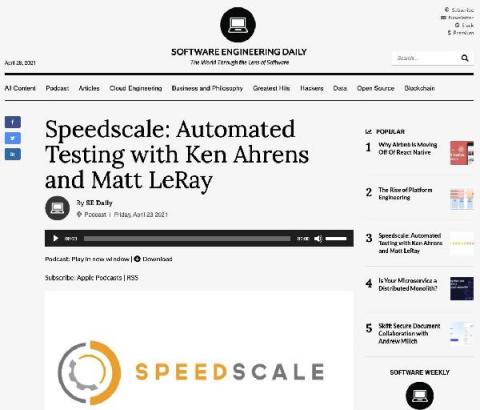Replay Single Transactions for Root Cause Analysis
Speedscale was built primarily to provide engineering teams with better insight into their applications over time, replaying single transactions for root cause analysis that give developers and SREs confidence that tomorrow’s application code will work just as well in production as it did yesterday.











